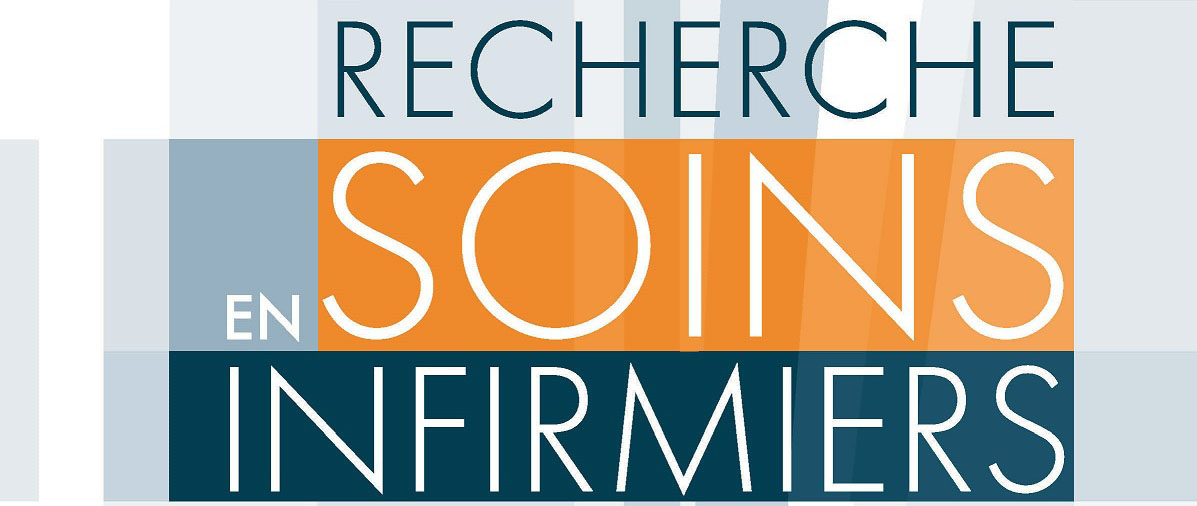Humor in the nurse-patient relationship: Literature review
Humor holds an important and almost omnipresent place in human communication. Research and reflection on humor have tried to define the scope of its causes, its effects, its mechanisms of action and production, its purposes, and its uses. This article draws up a general description of scientific studies dealing with humor, carried out in the context of nurse-patient communication, and analyzes this from the fixed theory of Strauss and Corbin (2001). This enables the authors to derive the characteristics, conditions of use, and consequences of humor on the part of the patient and the nurse. The results obtained prove that humor in care is contextual, situational, and spontaneous. There are conditions of use of humor connected to the nurse, to the patient, to their relation, and to the situation. For the patient and within the nurse-patient relation, humor has psychological consequences. It can be or become a coping mechanism in order to deal with stress and improve the quality of communication.
